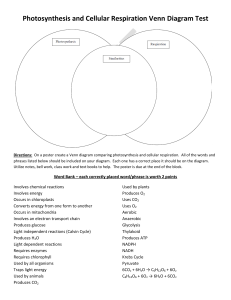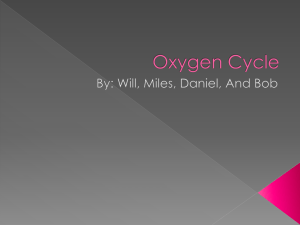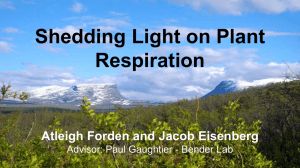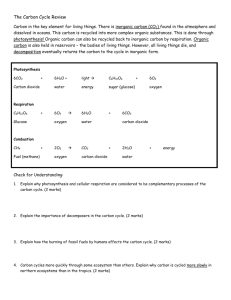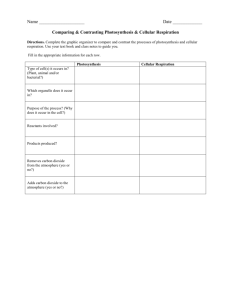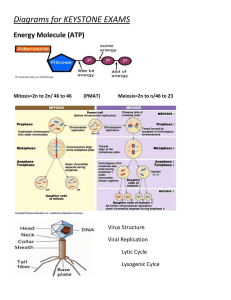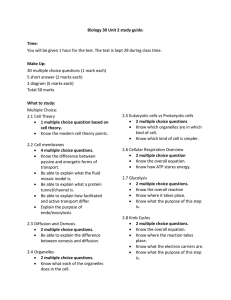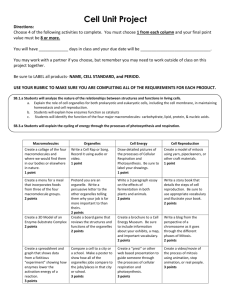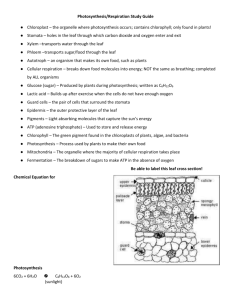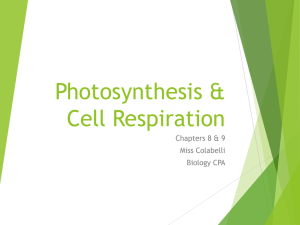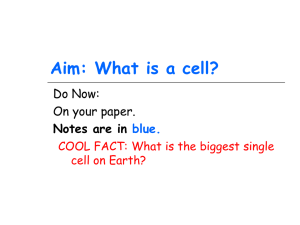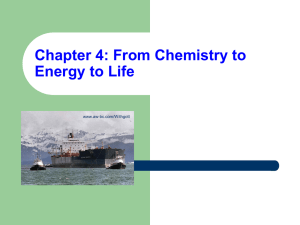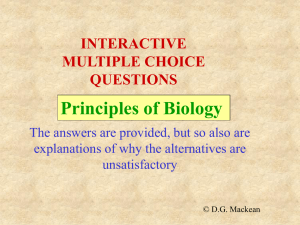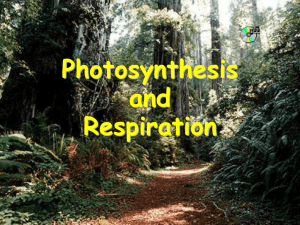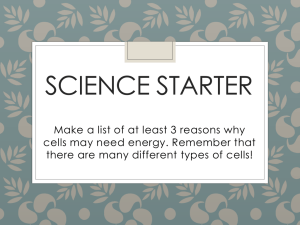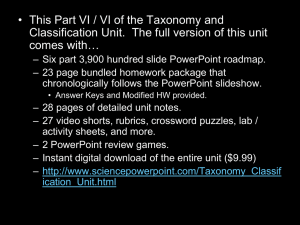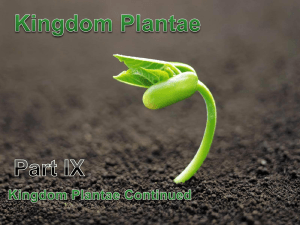File - Ms. Dellert's Biology Class
advertisement
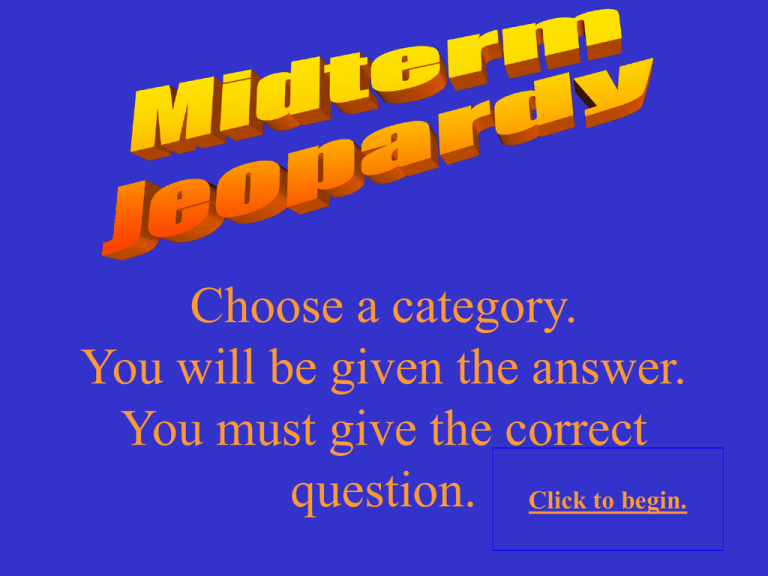
Choose a category. You will be given the answer. You must give the correct question. Click to begin. Unit 1: Nature of Science Chemistry & Water MacroMolecules Photosynthesis & Cellular Respiration Cells 10 Point 10 Point 10 Point 10 Point 10 Point 20 Points 20 Points 20 Points 20 Points 20 Points 30 Points 30 Points 30 Points 30 Points 30 Points 40 Points 40 Points 40 Points 40 Points 40 Points 50 Points 50 Points 50 Points 50 Points 50 Points This is the variable that is changed by the scientist during an experiment What is the independent variable? This is a proposed explanation backed up by a multitude (many) experiments. What is a theory? This is what we call a group of related parts working together – examples include atoms, cells, the human body, or an ecosysten. What is a system? This is the word used to describe a living things response to its environment by doing things such as shivering, sweating, or dilating pupils. What is homeostasis? This is the word used to describe changes in living things over time. What is evolution? This is the property of water that allows it to stick to itself. What is cohesion? This is property of water that allows it to stick to other items. What is adhesion? This is the property of water that allows it to resist changes to temperature. What is high specific heat? This is the type of bond where 2 atoms share a pair of electrons. What is a covalent bond? This is the type of bond that allows water molecules to stick to one another and other surfaces. It is the result of positive hydrogens combining with negative oxygens. What is a hydrogen bond? These are the four macromolecules (must list all four for the answer to be counted). What are carbohydrates, lipids, proteins, and nucleic acids? These are the monomer of carbohydrates. What are simple sugars (also accept monosaccharaides, glucose, or fructose)? These are the monomers of proteins. What are amino acids? These are the monomers of nucleic acids. What are nucleotides? Name one function of a lipid. What are longterm energy storage, cell membrane structure, or waterproofing of biological organisms (other answers may be accepted at Ms. Dellert’s discretion)? These are the 3 reactants of photosynthesis. What are carbon dioxide, water, and light energy (sunlight)? These are the 2 things created by photosynthesis (products). What oxygen and glucose (sugar)? These are the 3 things made during cellular respiration. What are ATP (chemical energy), water, and carbon dioxide? This is the full formula for photosynthesis. What is 6H2O + 6CO2 + light C6H12O6 + 6O2? This is the full formula for cellular respiration. What is C6H12O6 + 6O2 6H2O + 6CO2 + ATP This is a type of cell without a nucleus or membrane bound organelles. What is a prokaryote or prokaryotic cell? This is the DNA base that pairs with adenine. What is thymine? This is when DNA replication takes place during the cell cycle. What is interphase? This is the type of cell division that produces two identical daughter cells. What is mitosis? This is what is created during meiosis (include number and type of cell). What are 4 gametes (sex cells)? Make your wager Name two organelles that are only found in a plant cell AND two organelles that are only found in an animal cell. PLANT: Chloroplast, cell wall, or central vacuole ANIMAL: Lysosomes and centrioles
